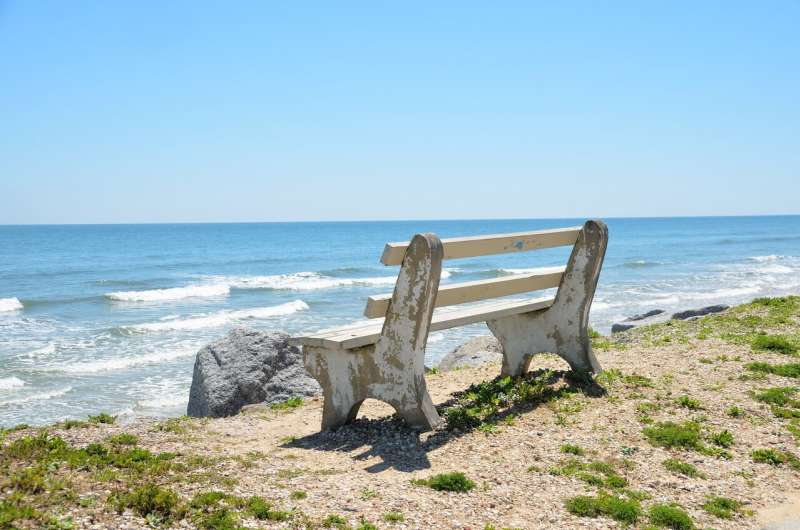Red tide grew drastically along Florida's west coast in less than a month

In a little less than three weeks, red tide bloom intensified greatly along Florida's west coast, according to the Florida Fish and Wildlife Conservation Commission's Wednesday report.
The presence of the dinoflagellate karenia brevis, also known as red tide, increased hugely over 100 miles of Florida's Suncoast from Collier County and stretching north into Pinellas County.
While red tide samples were found in low concentrations in Pinellas, high concentrations were found in Lee, Charlotte and Collier counties.
About 20 testing locations between Sanibel and Sarasota showed highly concentrated samples of red tide.
The organism's presence has been detected as far offshore as 18 miles from Lee County.
While the east coast continues to be spared, red tide tide bled partially into Florida's Panhandle, where it was observed in background concentrations in one testing site between Escambia and Bay counties.
Between 2017 and 2018, Florida's beaches were ravaged by red tide with over 150 miles of the west coast consumed by it. Florida's east coast also reported samples of the organism, which is unusual due to the cold nature of the Atlantic, according to the FWC.
Florida's Panhandle also suffered greatly especially in Bay County after Category 5 Hurricane Michael pushed red tide into the town of Mexico Beach with high flood waters and storm surge.
Red tide is a naturally occurring phenomenon, but massive blooms of the algae can lead to respiratory irritation for humans, water discoloration and marine life deaths because of the lack of oxygen in the water.
Charlotte County joined Sarasota and Lee counties in reported respiratory irritation last week, FWC said.
Over 130 fish kill reports were cataloged between Sept. 1 and Nov. 20 with red tide listed as the cause of death, according to the FWC's fish kill data base. The majority of the fatalities were reported in Collier County around Naples and Marco Island.
Fish kills is a general term the FWC uses to describe marine life and fatalities have included a large amount of mullet and catfish, but also at least one sea turtle, crabs, sea snakes and at least one pelican.
In 2018, 174 dolphins died between July 2018 and June 20, 2019 in Collier, Lee, Charlotte, Sarasota, Manatee, Hillsborough and Pinellas counties, according to the National Oceanic Atmospheric Administration. The reported deaths was considered an "unusually high mortality rate," and many of the dolphins tested positive for the red tide toxin, NOAA reported.
A debate exists on whether the prolific growth of red tide is human related as the algae can feed directly on fertilizer runoff, which contains vast amounts of phosphorous and nitrogen, two key ingredients for red tide, according to the Mote Marine Laboratory and Aquarium.
©2019 The Orlando Sentinel (Orlando, Fla.)
Distributed by Tribune Content Agency, LLC.



















